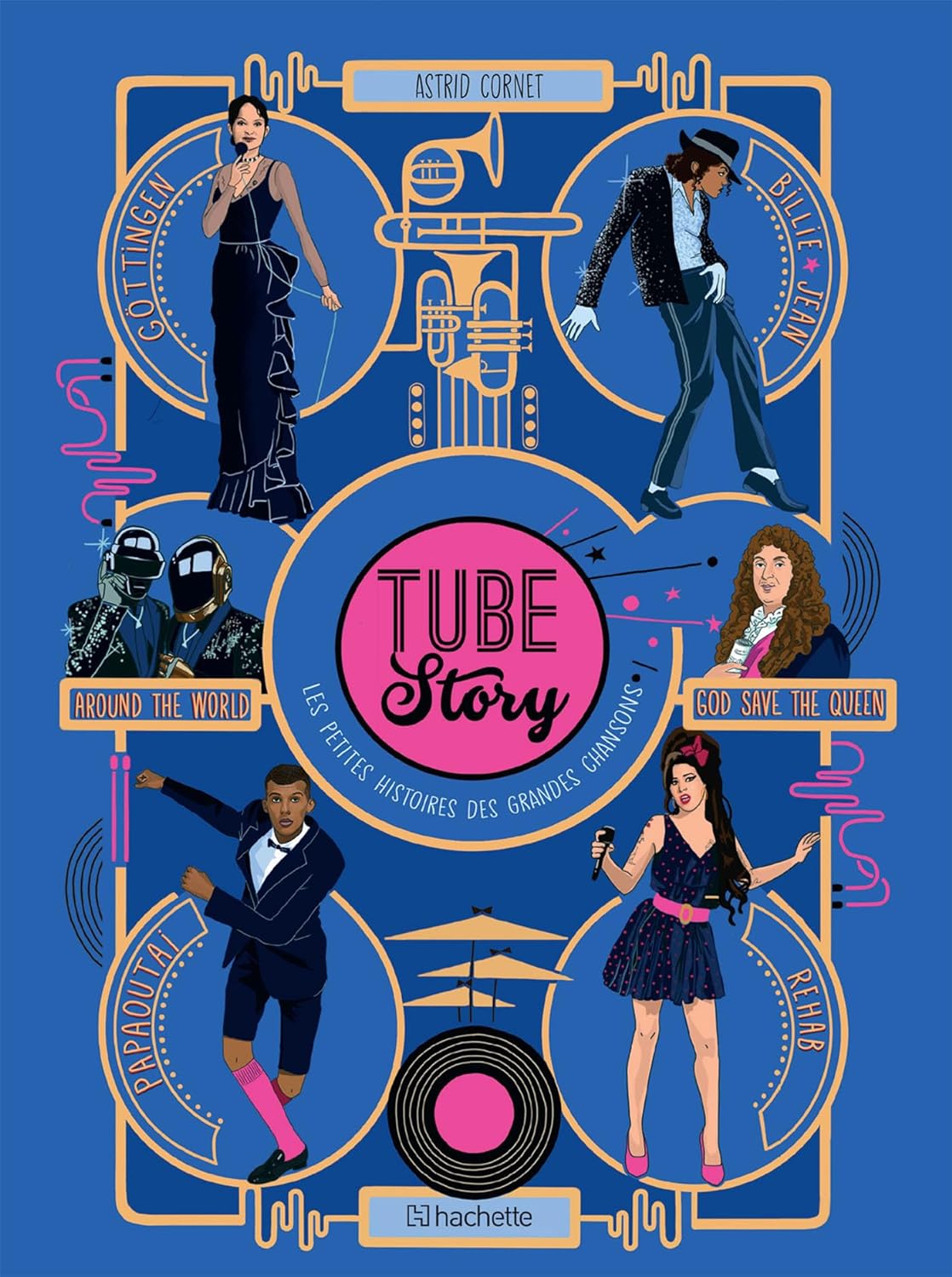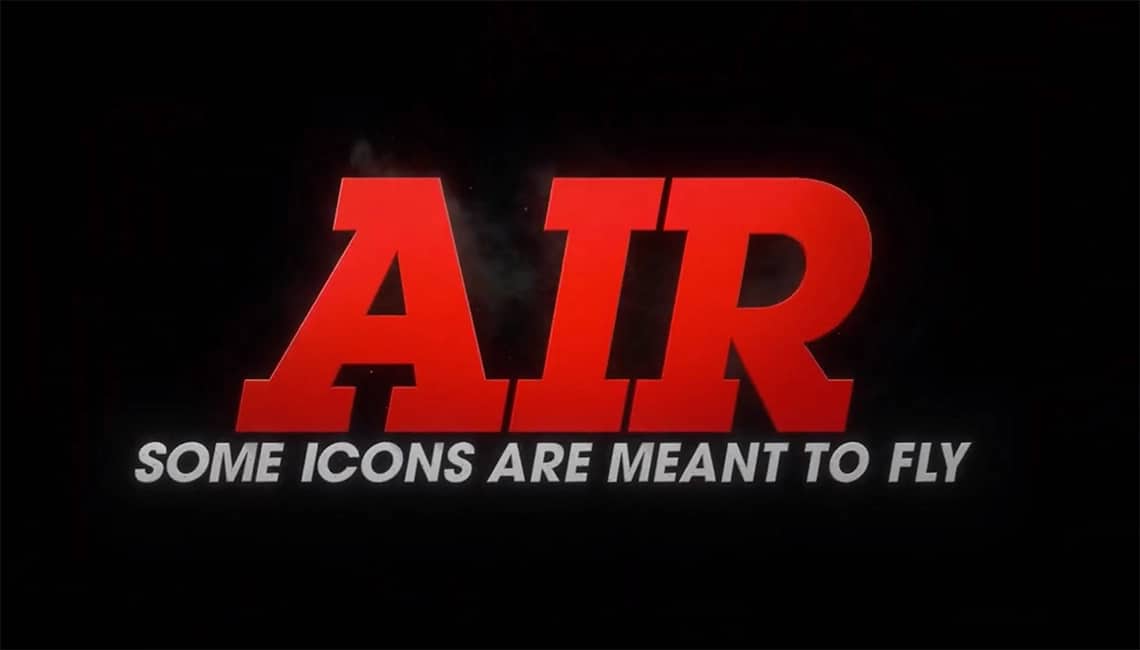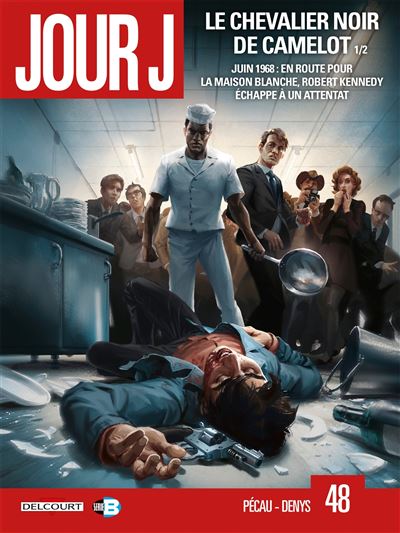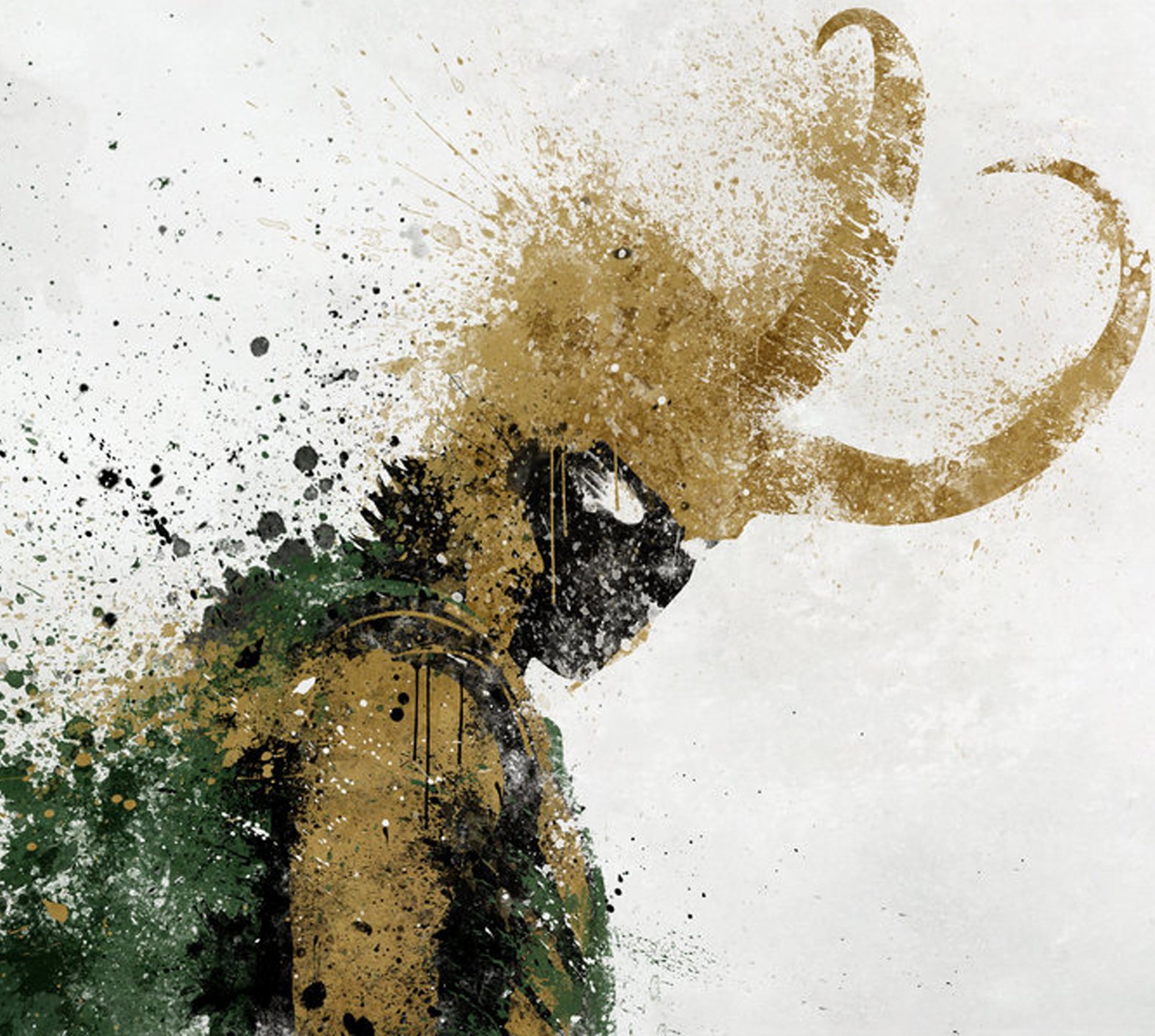A woman is ready to give birth but around her the world is nothing but ruins. How to give birth when the apocalypse is everywhere? This is the dilemma of the heroine of Larkia published by Glénat.
The world after
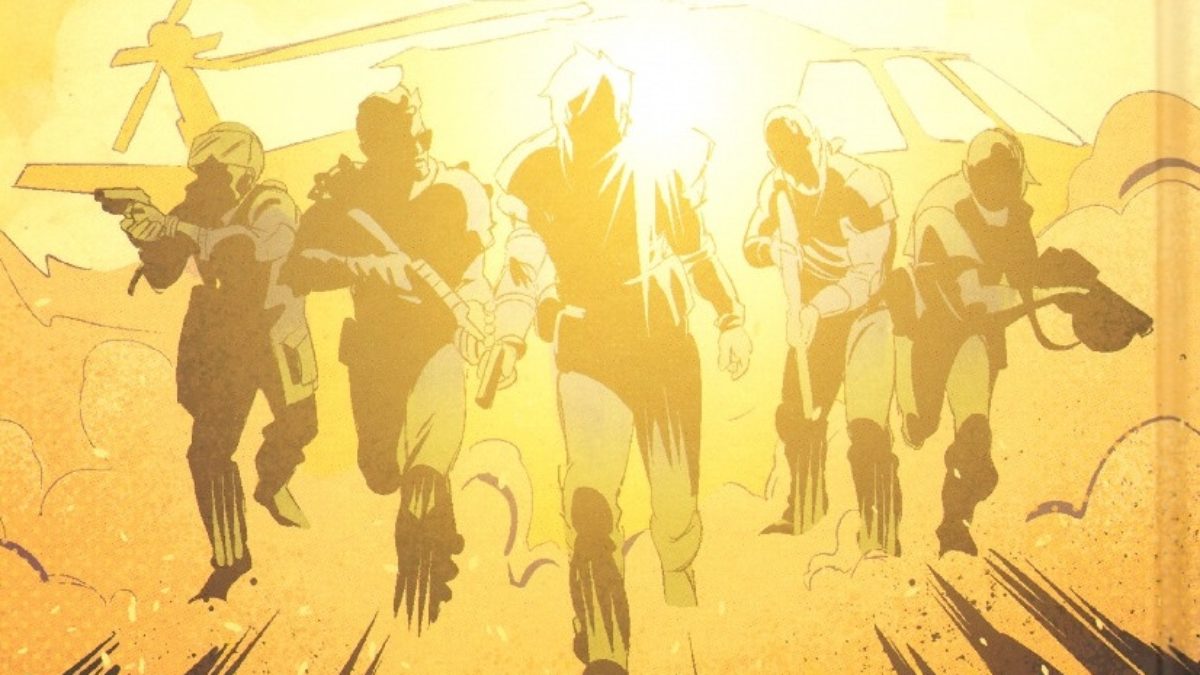 The modern, progressive world no longer exists. Life has given way to survival. Cities have become ruins where a few survivors fight for power or a tin can. Danger is therefore as pervasive as food is scarce. However, Larkia wants hope and gives birth to a boy. The delivery goes badly because, without any medication or confirmed doctor, the young woman suffers martyrdom and keeps scars. In addition, the child cannot open his eyes. This mysterious handicap will make it the subject of struggles. Indeed, the next day, Larkia and his son are pursued by a heavily armed troop. The young family will not stop trying to flee throughout the volume, while we discover through a flashback the origin of the world apocalypse. We will also discover in the recent past how Larkia became pregnant.
The modern, progressive world no longer exists. Life has given way to survival. Cities have become ruins where a few survivors fight for power or a tin can. Danger is therefore as pervasive as food is scarce. However, Larkia wants hope and gives birth to a boy. The delivery goes badly because, without any medication or confirmed doctor, the young woman suffers martyrdom and keeps scars. In addition, the child cannot open his eyes. This mysterious handicap will make it the subject of struggles. Indeed, the next day, Larkia and his son are pursued by a heavily armed troop. The young family will not stop trying to flee throughout the volume, while we discover through a flashback the origin of the world apocalypse. We will also discover in the recent past how Larkia became pregnant.
The world before
Strangely, it is the modern past that is darker than the apocalyptic present. It is discovered that biological research, the HB project, is being conducted on pregnant women. In both Larkia periods, we follow families on the run because in the past, one of the guinea pigs flees with her daughters but dies suddenly when she thinks she is being bugged. Is she paranoid or the only one who understands what's going on? This very dark tone is in contrast with the drawings and colors of Patricio Angel Delpeche. Images close to advertising aesthetics rub shoulders with constant violence. His action scenes are very successful. He refuses to multiply the courses or details that would lose the message of the book but opts for round shapes and a very simple drawing. The bright colors bring warmth to this yet sinister world. We see it because Glénat does not hesitate to offer a complete edition with many bonuses (a preface, interviews with all the artists, graphic tests of the characters and comparative pages before and after colorization). 
An artistic adventure
Screenwriter Ingrid Chabbert is well known as a children's author but she was bored. Wanting to find a new line of research in comics, the publishers only offered him "young adutl" topics. Refusing to be confined to youth, she gives Larkia a big kick to patriarchy. Indeed, this complete one-volume narrative is constructed as a pure genre narrative in a post-apocalyptic context.Chabbert limits the dialogues to let the atmosphere settle. As in Mad Max , we find the omnipresence of action scenes and a group of characters trying to flee barbarians in a world without faith or law. However, the author goes further by putting a heroine at the center of the story. This strong woman doesn't need men to get by. The birth that opens the album sets the scene. Caesarean section without an epidural takes place in a car wreck by a spoiled midwife and without hygiene. This scene is not anecdotal because it shows from the beginning Larkia's courage and then explains why she will have so much trouble fleeing. This woman is a tough guy, a survivor who does not hesitate to use her sniping skills to defend her home. Larkia is therefore also a reflection on gender equality. Ingrid Chabbert does not hide having been inspired by the character of Charlize Theron in Mad Max Fury Road. A very quick read, Larkia is a successful post-apocalyptic tale, a sequel to Mad Max that would have put Charlize Theron at the center. However, it is a bit short on a single volume because many mysteries are not revealed.































